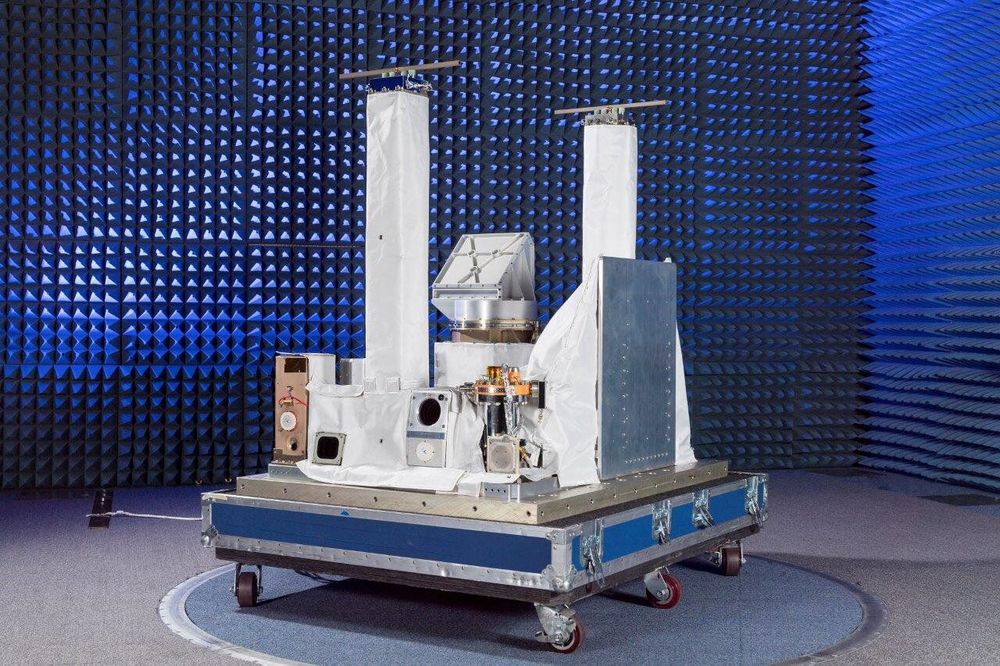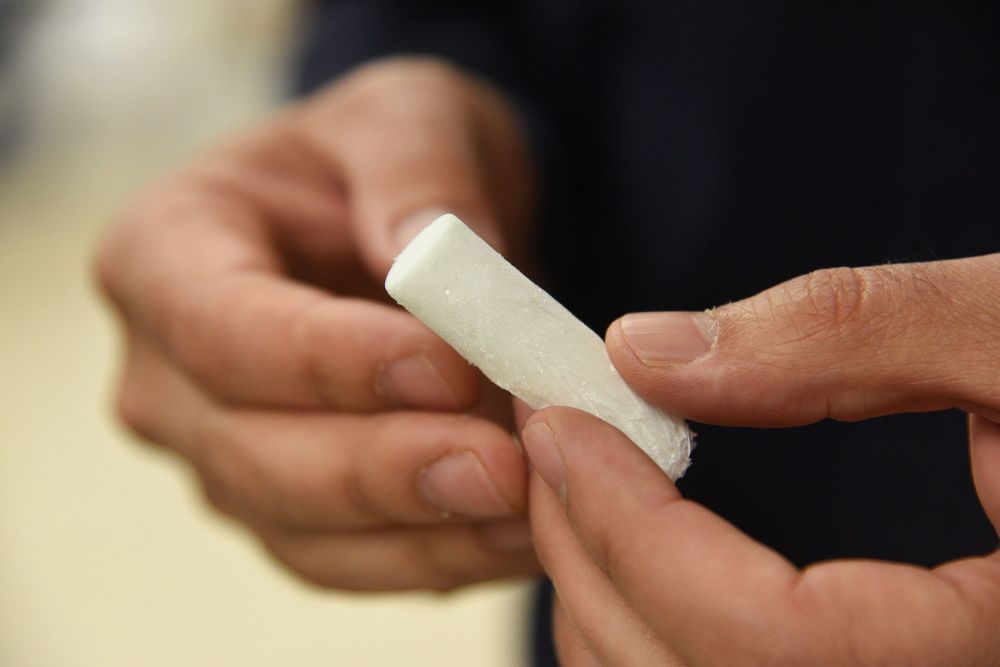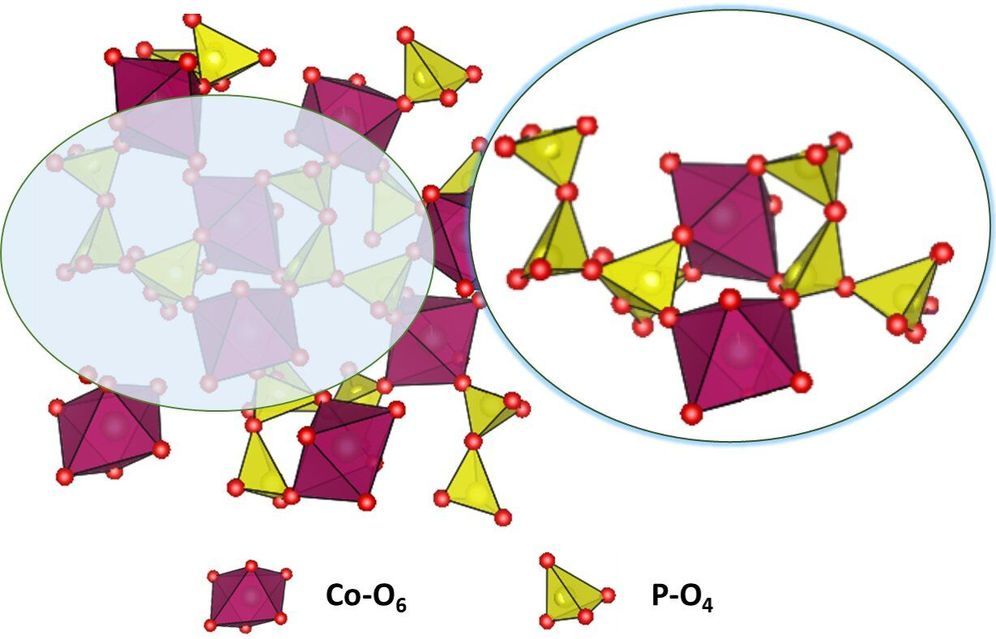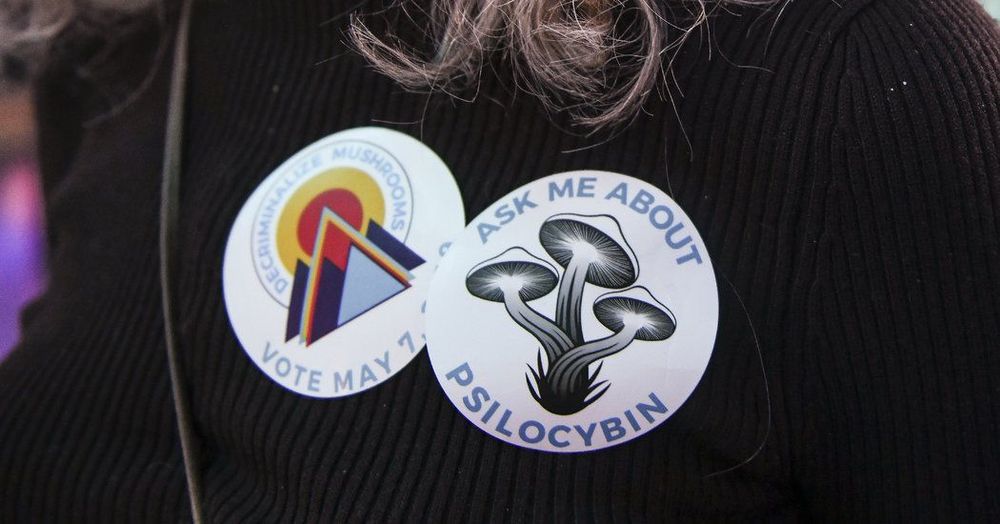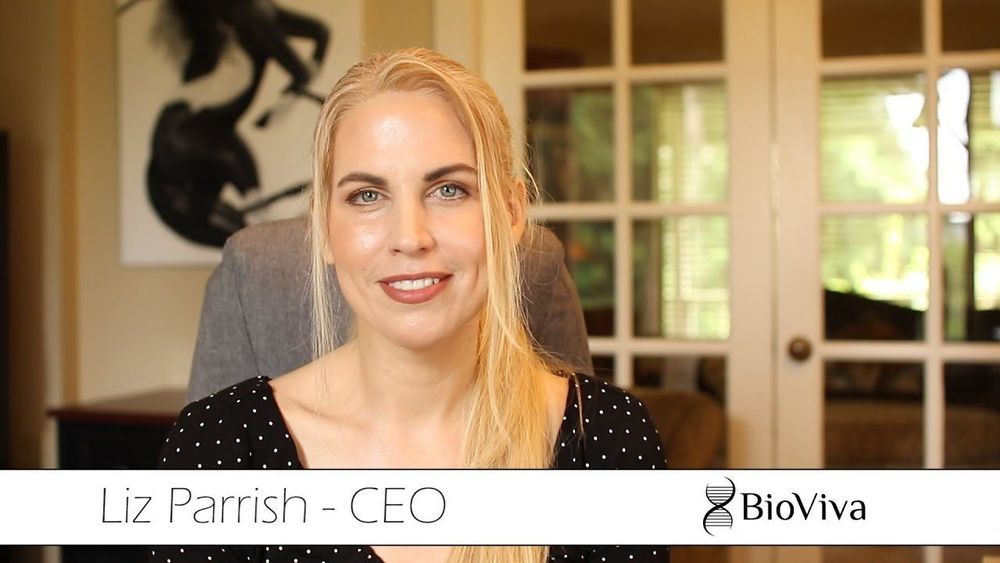May 9, 2019
Ganit Goldstein unveils new Japan-inspired 3D printed fashion collection
Posted by Quinn Sena in categories: 3D printing, wearables
Up-and-coming fashion designer Ganit Goldstein may not have had her 3D printed wearables on display at the recent Met Gala (where Zac Posen became the latest designer to use 3D printing in his work), but her designs are striking nonetheless. Her most recent collection, Shifted Craft, was debuted at Milan Design Week last month.
Goldstein prides herself as a fashion designer working at the intersection of craft and technology. This means she frequently combines new technologies, such as 3D scanning, modeling and printing with more traditional textile and garment-making practices. Shifted Craft, which comprises seven pieces of jewelry and two pairs of shoes, embodies these overlapping approaches seamlessly and stylishly.

Continue reading “Ganit Goldstein unveils new Japan-inspired 3D printed fashion collection” »


